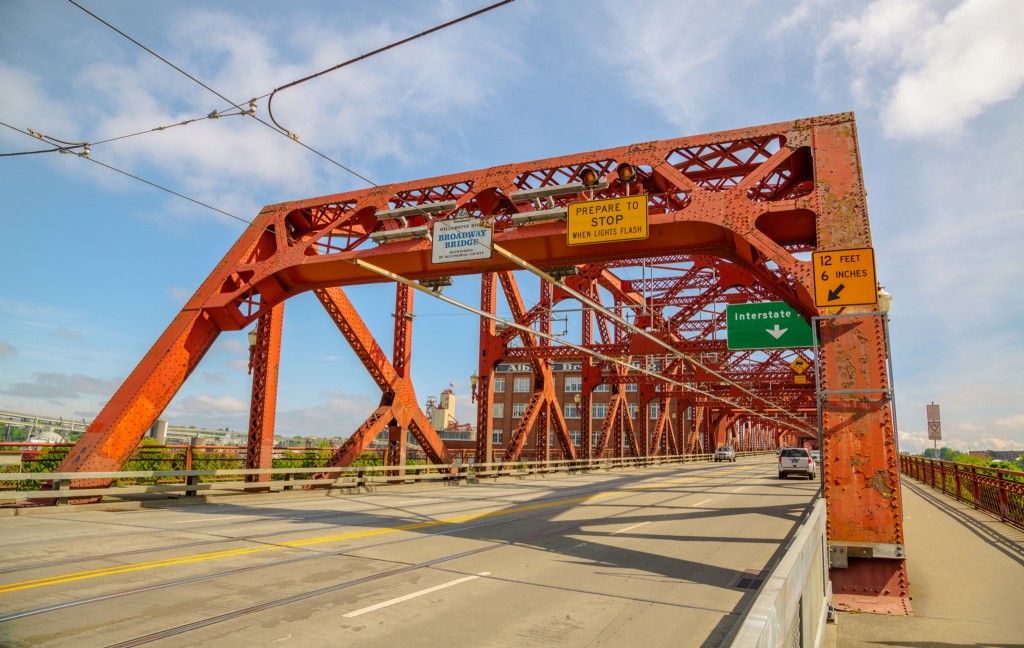This Week in Pods
Portland has a plan to house homeless families in people’s backyards.

Would you invite a homeless family to live in a tiny house in your backyard? Let’s say that the extra utilities would be paid for, and—after five years—the tiny house would be yours to keep, sell, or rent.
That’s the question Portland is currently working to answer:
Multnomah County offers incentives for homeowners to house homeless in backyards
With more than $300,000 and volunteer homeowners, Multnomah County has a new idea to fight homelessness: Build tiny houses in people’s backyards and rent them out to families with children now living on the street.
The homeowners would pay nothing for the construction. They would become landlords and maintain the units for homeless families for five years.
Then the tiny houses would become theirs to do with what they want. If the homeowners break the contract before then, they pay the cost of construction.
I’m fascinated by this idea, both in its current iteration and in what might happen five years down the line.
First, to answer the obvious and stereotypical question:
Portland Experiment Will House the Homeless in People’s Yards
The 200-square-foot units under consideration will be large enough to house an adult and one — or possibly two — children, [Idea Lab director Mary Li] said.
All families will be screened and the homeowner and the tenants will sign a lease that spells out what behaviors won’t be tolerated.
Equal Voice reports that 200 Portland homeowners have shown interest in the project. Let’s say all 200 agree to sign up, and 200 families get new homes.
What happens in five years?
The assumption seems to be that the formerly homeless family will have found a new place to live. This may be the case, but that thinking also assumes that there will be stable jobs and affordable apartments five years from now. If the most affordable housing solution at the moment is “put a tiny house in someone’s backyard,” why are we presuming that there will be a better solution in five years?
But Nicole, you might say, surely in five years these tiny house candidates will have established a career and will have both the earnings level and the savings required for first+last+deposit on a market-rate apartment. That is definitely a possibility. It requires living-wage jobs, affordable childcare, accessible health and mental health care, strong social services, and an “apartment market rate” that encompasses a wide range of incomes.
Which is to say it’s not impossible, and if any city can do it, I’d put my money on Portland.
KGW News offers a variation on this argument:
Offer yard to a homeless family, and Multnomah Co. will build you an ADU
“That would be a terrible use of economics,” said Robert McCoullough, a longtime neighborhood activist in the Reed College area. “Let’s say you put an ADU in someone’s backyard. Fine. But how does that person get services? What we’ve done is we’ve warehoused them… What they desperately need is healthcare. What they desperately need is social work.”
KGW also notes that, after the five years are up, the homeowners have the option to “allow the family to live on their property as a permanent tenant,” which feels like one of the stronger possibilities here.
The other possibility is that we see a surge in tiny house Airbnbs, or $1,000-month rentals pitched at the young professional market. (“Free Wi-Fi!”)
What do you think might happen in this situation? Do you think Portland is taking a step in the right direction, or do the potential flaws outweigh the support this plan might provide?
Support The Billfold
The Billfold continues to exist thanks to support from our readers. Help us continue to do our work by making a monthly pledge on Patreon or a one-time-only contribution through PayPal.
Comments